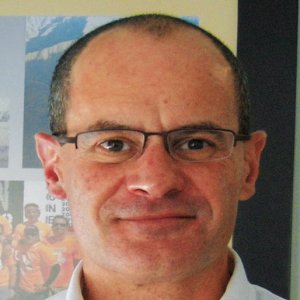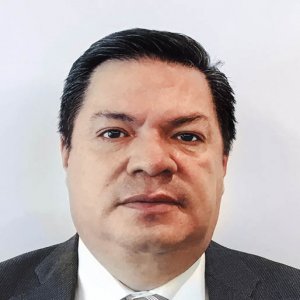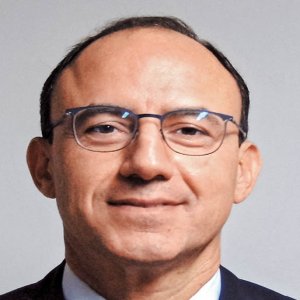AI Provides Digital Answers to Tech-Savvy Generation

STORY INLINE POST
Despite the efforts of the main health institutions, some Mexicans are still falling through the cracks of the universal healthcare system. E-health services, such as 1DOC3, are helping to fill the gap as an easy alternative to face-to-face doctors’ appointments, fueled in part by improved artificial Intelligence (AI) and the rise of a tech-savvy generation.
Services such as Colombian start-up 1DOC3 deliver answers to simple medical inquiries for free, providing basic, specialized, medical information. “We have become a family doctor to whom young people ask questions from their phones,” says Javier Cardona, Co-Founder and CEO of 1DOC3. The e-health company entered Mexico about three years ago and provides tens of thousands of users with free medical information daily.
“1DOC3 has grown incredibly. The potential of the health industry is large in terms of efficiency and savings and increasing people’s access to services over the internet,” says Cardona. According to Statista, revenue in the e-health market worldwide amounts to US$9.8 billion in 2017, of which only North America accounts for US$3.3 billion and Mexico US$147 million. Thus, Mexico comprises 1.5 percent of the global e-health revenue and 4.4 percent of the regional. Statista forecasts that by 2020 the Mexican e-health market volume will increase to US$265 million.
Mexico has the highest rate of adolescent mothers in the OECD, with a teenage fertility rate of 65.7 births per 1,000 women in 2014, according to the National Population Commission (CONAPO), while the National Center for Prevention and Control of HIV & AIDS (CENSIDA) reported 706 new registered cases of AIDS in 2016, so it is not surprising that sexual and reproductive health are the most requested topics. Diabetes, the second-most common cause of death in Mexico, at 98,521 in 2016, according to INEGI, is the second topic on which Mexicans inquire. The inquiries made on 1DOC3 fit the Mexican demographic and epidemiological profile. The app allows low-income people aged between 17 and 27, the main users of this service, to solve some health inquiries.
The success of 1DOC3 is a consequence of a solid investment in developing AI, which has helped the app’s user platform triple between 2016 and 2017, up to a million users a month. Through a series of algorithms, inquiries are processed in fractions of seconds. Typed questions are compared by the AI with previous inquiries. If a match is found, the user is directed toward that answer. “Ninety-nine percent of inquiries match previous answers,” says Cardona. If no matches are found in the database of solved inquiries, the user sends the question and waits between 40 and 90 minutes for the answer from a professional physician.
Questions presented by Mexican users are answered directly by one of the 10 Mexican physicians employed by the company, a strategy that aims to provide the best possible answers to users of each nationality and to provide a better user experience. Answers follow what Cardona calls the ABC Protocol: confirming and clarifying the user’s problem, providing medical grounds for the answer physicians provide and concluding what recommendation is most suitable for the user. 1DOC3 does not provide diagnoses but rather, gives basic recommendations and insights on common diseases.
The company also offers a series of services that include publishing articles related to the most consulted topics in each country, providing insurance companies with statistics on different diseases and developing ondemand awareness campaigns for UN agencies, public health institutions, laboratories and NGOs. 1DOC3’s main strategy is to strengthen its technological development as AI enables the most efficient allocation of resources. The company expects to strengthen relations with all clients, continue growing its user platform and make new alliances with insurance companies and public health institutions. It is also working on providing users with quicker answers in case of an emergency. “The opportunity to impact the health industry through new technologies and digital channels is increasingly greater,” says Cardona.






















